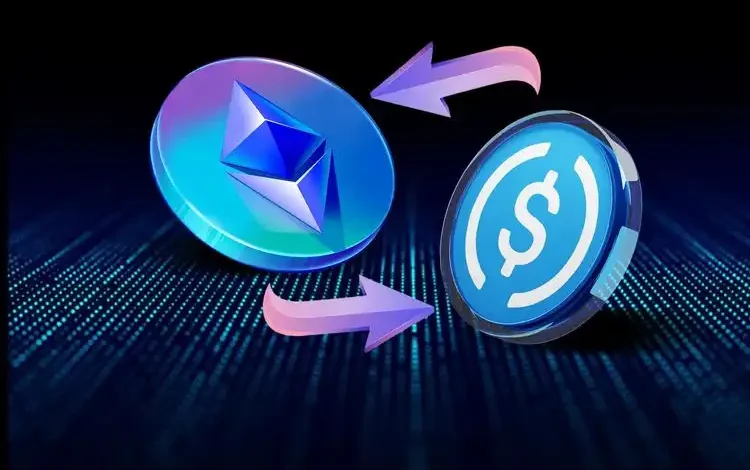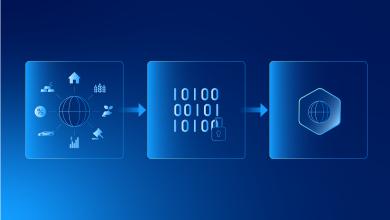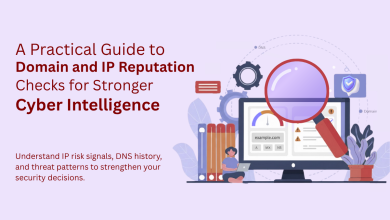
The digital asset market offers countless opportunities for investors seeking new ways to invest their capital or diversify existing portfolios. As crypto trading evolves, converting cryptocurrency to fiat has become one of the most essential activities for both newcomers and seasoned traders. While centralized exchanges usually act as intermediaries in the conversion process, peer-to-peer and other decentralized approaches to trading allow users to exchange funds and assets directly with each other, similar to how deals are made on commonly used online marketplaces.
This alternative trading approach aligns closely with the core principles of digital currencies, offering obvious benefits such as reduced transaction costs, broader access to local payment solutions, and increased privacy for concerned traders. By taking a closer look at how the cryptocurrency to fiat conversion process works, investors can better understand and utilize its potential advantages and possible challenges they will have to face.
How Does the Cryptocurrency to Fiat Conversion Operate?
Within a P2P trading environment, converting cryptocurrency to fiat involves a direct trade of assets and money between two individuals without relying on third parties and centralized intermediaries such as banks or other financial institutions. Here’s a simplified breakdown of the conversion process step by step:
- A seller creates an offer, listing the desired price, the amount of cryptocurrency to sell, and the preferred payment method.
- A buyer browses through the list of offers and chooses the suitable one, initiating the transaction.
- In many cases, cryptocurrency is held in escrow until both parties confirm that the terms have been met and it is possible to proceed further.
- Once the payment is verified, the cryptocurrency is released and converted into the buyer’s account in local fiat currency.
Advantages of Cryptocurrency to Fiat Conversion on P2P Platforms
- Versatile payment methods: Many peer-to-peer services support multiple payment options, including bank transfers, debit/credit cards, and digital wallets, providing users with the freedom to select the method that works best for them and is most beneficial.
- Lower fees: As peer-to-peer platforms do not rely on intermediaries, transaction costs are often reduced compared to conventional exchange platforms, which can sometimes be rather costly.
- Global accessibility: While centralized services may impose certain restrictions based on geography or regulations, direct conversion methods connect traders worldwide, enabling crypto deals in numerous local currencies. Currently, there are over 180 different fiat currencies worldwide, all of which can be found in the all countries currency list.
- Enhanced privacy: Depending on the P2P service provider, identity verification requirements can be much lighter, offering more confidentiality than traditional trading platforms.
Challenges to Be Aware of When Converting Cryptocurrency to Fiat
- Risk of fraud: Direct trades can be tricky and are more susceptible to scams such as fake payment confirmations or delayed fund transfers.
- Unstable pricing: Without centralized asset price regulation, conversion rates may differ significantly, requiring users to carefully evaluate offers before initiating a deal to avoid financial loss.
- Trust-based nature: Even with advanced safety measures and escrow protection of funds for both parties, the credibility of the trading counterpart still matters and must be carefully evaluated before the transaction.
For beginners, the idea of converting cryptocurrency to fiat may seem intimidating and rather complicated at first. However, with careful research, trustworthy trading platforms, and attention to user reviews and feedback, the process becomes both beneficial and secure. In the end, the success of any cryptocurrency to fiat conversion depends on balancing potential risks with the benefits. By staying informed and comparing various features and transaction fees, traders can confidently manage their digital assets and make their trading experience as smooth as possible.






